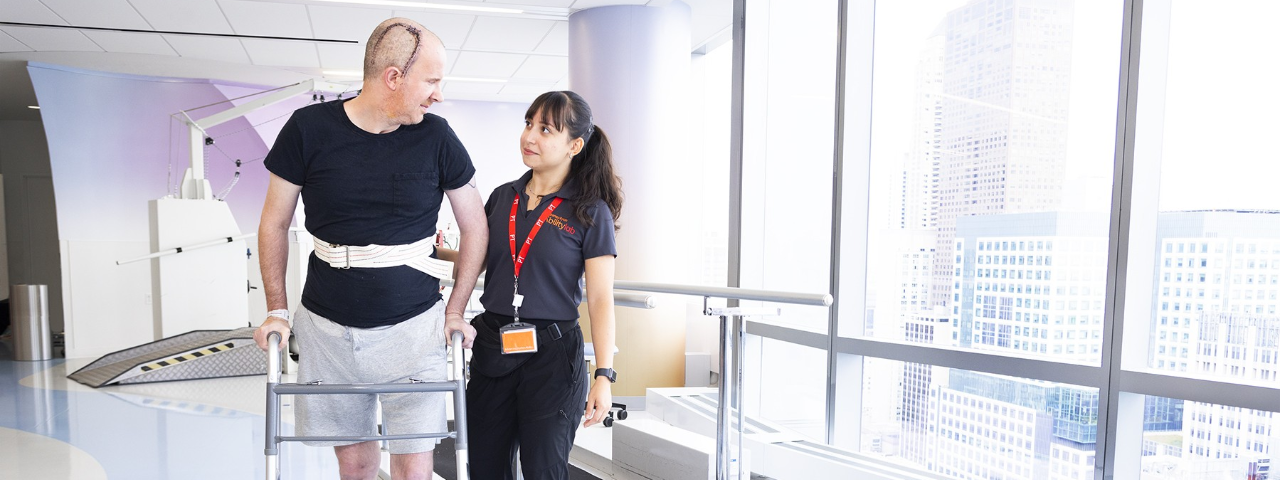Body
Sometimes the most innovative medical breakthroughs come in the smallest packages. Remote monitoring technology allows medical professionals to monitor a patient’s chronic health conditions around the clock without the need to visit a hospital for tests. These small devices use tiny technology and data analytics to gather and disseminate patient health information in real time.
“Digitally enabled healthcare technology will enable doctors to treat patients in a more efficient and cost-effective way and will help people in rural areas who live far away from doctors and hospitals,” says John Rogers, PhD, founder and director of the Center for Bio-Integrated Electronics at Northwestern University.
There’s a long way to go, but we’re getting closer to a world of constant remote care. Here are three remote monitoring devices designed by the Center for Bio-Integrated Electronics that are already changing the way that patients and providers manage healthcare.
Epidermal sensors
Body
At the Shirley Ryan AbilityLab, epidermal sensors are being tested on stroke patients to monitor their recovery outside of the hospital.
The sensors, which are as small as a Band-Aid and adhere to the skin, con- tinuously monitor motion, speech and vital signs. That information is streamed to a patient’s doctor, allowing for customized care, says Arun Jayaraman, PhD, director of the Max Näder Lab for Rehabilitation Technologies and Outcomes Research at the AbilityLab.
“We want to provide data for the clinicians in a readable way,” Jayaraman says. “We also want to be able to customize the care to the needs of each individual.”
In the future, epidermal sensors may be used to monitor not only sick patients, but also healthy patients, finding disease symptoms in their earliest stages.
Mentioned Profile

Arun Jayaraman, PT, PhD
Executive Director, Technology & Innovation Hub (tiHUB); Director, Max Näder Center for Rehabilitation Technologies & Outcomes ResearchThe NICU goes wireless
Body
What if there were a way to monitor the health of premature infants without hooking them up to a spiderweb of wires? Well today, there is.
The Neonatal Intensive Care Unit at Ann & Robert H. Lurie Children’s Hospital of Chicago has ditched the wires for ultrathin, waterproof sensors that are applied to the skin of premature newborns to gather key measurements. The small sensors make it easier to care for and cuddle preemies in the hospital and when they go home.
The devices collect data just as precise as that from traditional machines, but they are far less invasive. Babies can safely have their heartbeat, blood pressure and blood oxygen levels monitored, and providers and parents can care for the newborns without having to navigate electrodes and wires.

